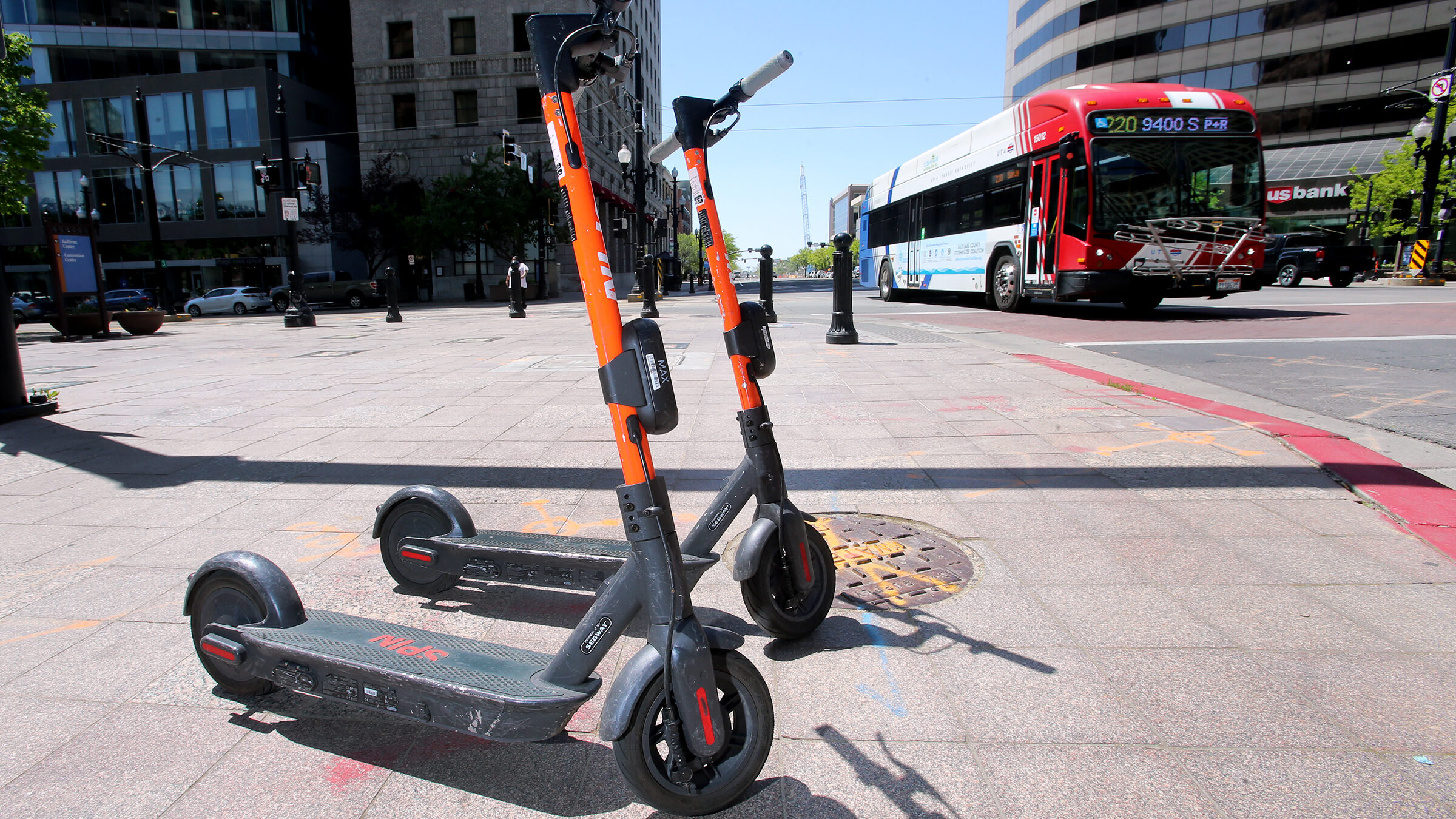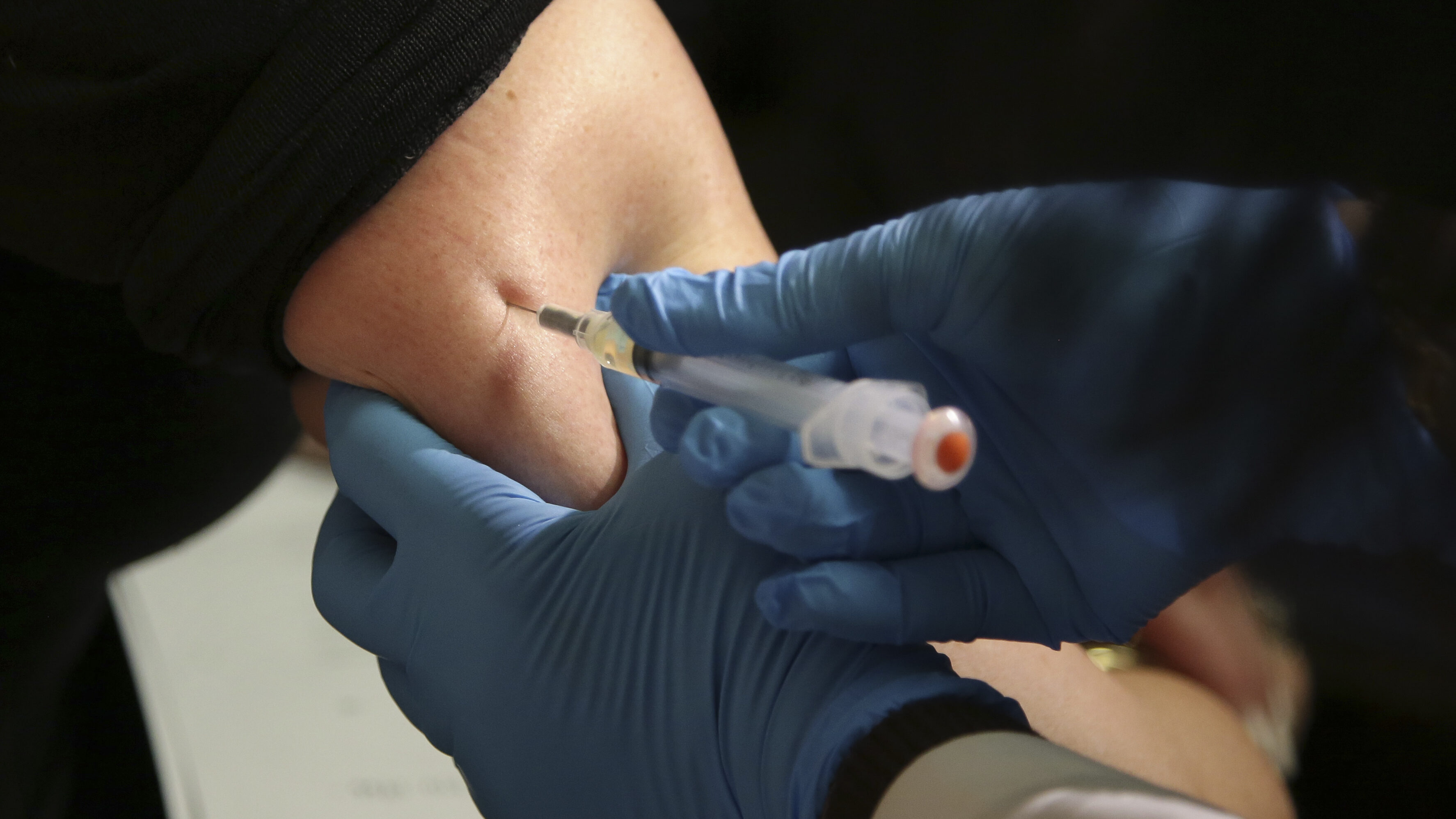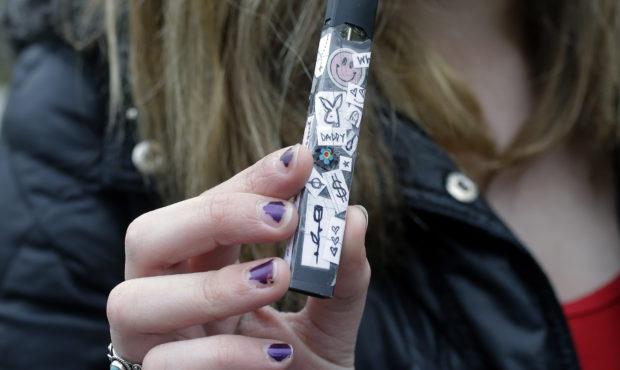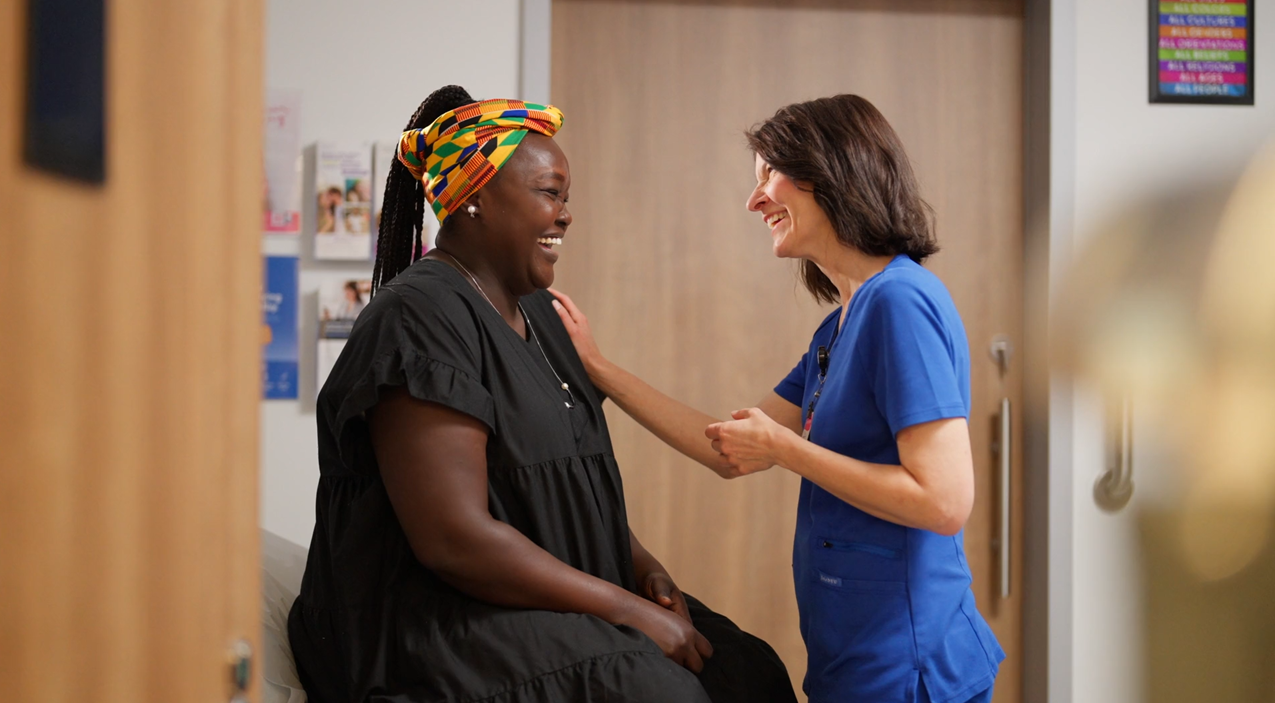More Utah kids are getting concussions at recess than playing football
Sep 18, 2019, 10:13 AM

A traumatic brain injury (TBI) is a disruption in the normal function of the brain that can be caused by a bump, blow, or jolt to the head, or penetrating head injury. Everyone is at risk for a TBI, especially children and older adults. Photo courtesy CDC.
(TBI)
SALT LAKE CITY — From 2016-2019, more than 1,500 Utah students suffered a concussion at school. And that number is likely underreported, said an expert.
Tracy Barney, the traumatic brain injury coordinator at the Utah Department of Health (UDOH), joined Inside Sources guest hosts Jim Bennett and Jill Atwood to talk about Utah students who suffer head injuries at school.
Concussions at school: recess and PE
Barney said the UDOH’s numbers show more than one-third (37%) of concussion occur during lunch recess or PE (physical education) class.
The most common activities in which a student suffered a concussion were running (17%), playing football (10%) or walking (10%), according to UDOH.
Most concussions reported at school occurred during September, October, and November.
“A concussion can have a dramatic impact on a student’s ability to attend and succeed in school and may have lasting effects on their health and wellbeing,” Barney said.
A real increase — or just better awareness?
Atwood, who is the director of communications for Veterans Affairs of the Rocky Mountain Network, asked Barney if there was an increase in concussions or if the public was just more aware or placing more significance on head injuries.
Barney said that conversations about concussions in professional sports, mainly the NFL, have generated greater awareness of concussions. Barney also suggested that the public may be more aware of the long-lasting effects of concussions than in the past.
“[Concussions] are very underreported,” said Barney.
The reported number of traumatic brain injuries comes from emergency rooms, hospitalizations or the voluntary school reporting system, Barney said. And it likely underreports the number of head injuries during school, she said.
“I think we’re just becoming more aware of concussions,” said Barney.
Making football safer for kids
She added tackle football in schools is safer now because students are taught how to tackle more safely.
The American Academy of Pediatrics doesn’t specify what age is appropriate to start tackle football, but Barney said that “delaying the age at which tackling is introduced to the game would likely decrease the risk of these injuries.”
The Concussion Legacy Foundation states that it “strongly recommends you delay enrolling your child in tackle football until the age of 14,” according to xenith.com.
During the 2018-2019 school year, 66% of Utah schools required coaches or trainers to receive materials on concussions, according to UDOH.
“Training is key. Teachers and coaches alike should know the signs of a concussion and what to do when a student has sustained one,” said Barney.
Training the parents
In addition to teachers and coaches, Barney stressed that parents need to be aware of the signs of concussion, especially sudden memory loss and headaches and confusion.
“Most students who sustain a concussion return to pre-injury functioning within three to four weeks of their injury. However, in about 10–20% of cases, symptoms linger beyond this time,” said Barney.
Bennett, a former United Utah Party congressional candidate and current host of the Dinner Table Politics podcast, asked what are the long-term health risks of a traumatic brain injury or TBI.
“Depression is a big one,” she said. “Also, attention and loss of balance. Not sleeping right or always feeling foggy or confused. Those are ongoing symptoms and [there] can be a lifelong effect if they’re not addressed.”
Signs a person might show after experiencing a bump or blow to the head include:
Loss of memory before or immediately after hitting their head.
Signs of being dazed, confused or moving clumsily.
Headaches, fatigue, nausea or vomiting, double or blurry vision,
Feeling “sluggish” and “foggy”;
Symptoms can linger for weeks or even months.
If you or a loved one has experienced a concussion and want to determine if you qualify for services, please contact the UDOH Health Resource Line at 1-888-222-2542 or health.utah.gov/tbi.













